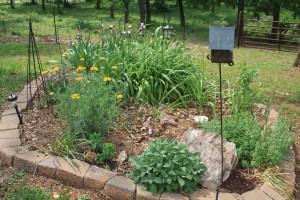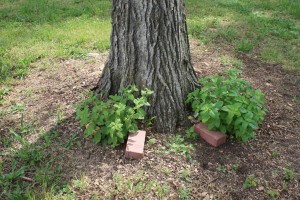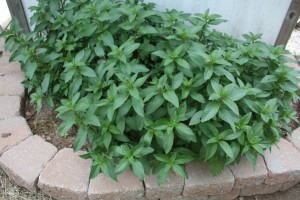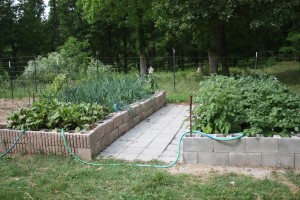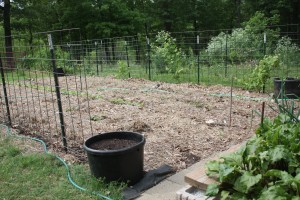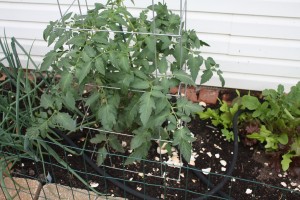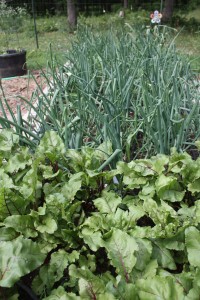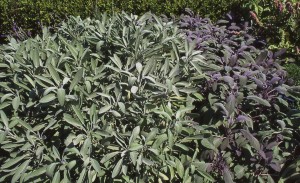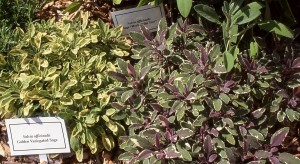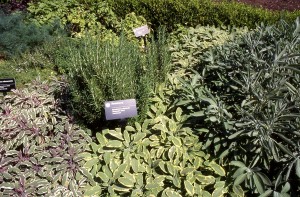To all my friends reading my blog, I apologized I haven’t been blogging in several days. It is not my intention to go so long between blogs. We had a big family reunion on Memorial Day which kept me busy as well as working in my garden.
I have included some pictures of my garden. As my garden changes and things start growing, I will keep you up to date.
These hostas I want to move because they really get too much sun, I want to plant more herbs in this area.
This is just above the hostas and to the right and is my newest garden. I want to move my thyme here and allow it to hang over the retaining wall.
This is my oldest garden and I have planted lots of different herbs in this bed, some reason I have trouble growing. In front you can see sage and the yellow is yarrow. To the right of the rock is oregano. The plants in the middle are daylillies.
I like to plant mint all by itself so it can be mowed around and will not spread in the garden. I put the brick around the mint because, last year it was attacked by the weed eater. My weed eater uses thought it was a weed. Mints will mixed in flavor so it is better to plant one kind.
Here is another example of mint in a bed by itself.
This is a picture of two of my raised beds with vegetables. The one on the left has beets and onions and the one on the right has potatoes and peanuts.
This is the vegetable garden with grapes in the background. The large black pots will have plants good for companion planting.
What is any garden without tomatoes. This tomatoes is planted near onions as companions.
I hope you have enjoyed a tour of part of my garden. This is not all.
I have a garden tour plan soon, and need to get most of the weeds out of the garden. I tell everyone I grow fruit, vegetables, herbs, flowers, and weeds.
Stick with me because I plan on several new blogs. I want to teach you how to make your own herb remedies from making a cup of tea to tinctures.
Crafts will include leaf printing, paper making, potpourris and perfumes. Lots of new recipes for using herbs in your cooking.
Other things I have planed include making all types of cosmetics and cleaners for your home as well as ideas for using herbs in your home.
One of my latest passions besides herbs is art printing on fabric and I want to try and use some of these ideas on my homemade paper. I won’t know if they work until I try some of the ideas I have been reading about.
I will teach you how to dry and freeze your herbs and what the herbs are good for and what to watch out for.
Medicinal subjects will include herbs to slow down aging, herbs good for indigestion and all kinds of everyday ailments. We will talk about food allergies and herbs to take to help with inflammation which can cause pain. For example, I heard the other day on the Dr. OZ show, that almond milk, Swiss chard, and tart cherries for anti-inflammatory. There are herbs that can be used for this as well.
If anyone wants to learn something special just leave a comment and I will try and research the subject. Sharon



